detail profile luc c3 ada torres minoldo

Lucía Torres Minoldo
Lucía Torres Minoldo
atau dikenal sebagai
Info Pribadi
Peran Yang Di Mainkan Lucía Torres Minoldo
 Two workingclass young men dream of...
Two workingclass young men dream of...La Zurda 2025
Two working-class young men dream of making it big with their cuarteto band. One night they get caught up in a crime they didn't commit. Knowing that their origin condemns them in advance, they flee with no other option.
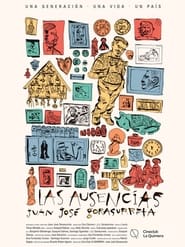 The life of Juan Jos Gorasurreta...
The life of Juan Jos Gorasurreta...The Absences 2023
The life of Juan José Gorasurreta is pierced by images. In his new feature film, the historic film society programmer appropriates the films that made him in order to find new relationships and patterns and thus generate a convergence between his personal life, that of Argentina and that of cinema. In The Absences his travels coexist with Orson Welles, activism, Fernando Birrri, the Cordobazo, his studies, Eva Landeck, family, Carlos Echeverría, the Trelew Massacre, Nagisa Ōshima, censorship, film societies, the Malvinas war, his short films. The randomness of this list vanishes as the film progresses, and gives way to a synapse that is as logical as it is moving. “It is a portrait on how Argentine history and my encounter with films designed my sensitive areas” —as he did with his own story, no one could define The Absences better than Gorasurreta himself.
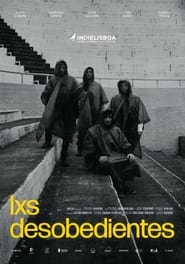 Those who rebel against authority figures...
Those who rebel against authority figures...The Disobedients 2022
Those who rebel against authority figures disobey. This film echoes “Cordobazo” — a popular rebellion in Cordoba against the Argentine military dictatorship in 1969 — through the story of Alicia, a trolleybus driver who joins an insurrection against an oppressive regime.
 A portrait of the everyday life...
A portrait of the everyday life...Yo no es otro 2021
A portrait of the everyday life of the great Argentinian painter Remo Bianchedi. We see him in his lonely house, spending time with a friend, always working in the most absolute of isolations—an author that perseveres in secret, like a monk, removed from the art world, its advantages and its whims.
 Throughout Crdoba Argentina there is a...
Throughout Crdoba Argentina there is a...The Kids in the Bikes 2020
Throughout Córdoba, Argentina, there is a wave of looting, and the police are taking several young people. In the midst of this hectic period, teenage Juliana becomes pregnant by her boyfriend, Lautaro. Juliana wants to have an abortion, but she is afraid to do it with pills and they do not have money to pay for an intervention.
 Martn a Qom shepherd narrates an...
Martn a Qom shepherd narrates an...The Black Tree 2018
Martín, a Qom shepherd, narrates an old myth about how the earth and the sky used to be upside-down and connected by a tree.
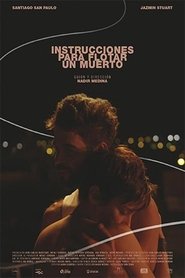 Pablo works in an old hospital...
Pablo works in an old hospital...How to Make a Dead Man Float 2018
Pablo works in an old hospital in the city of Córdoba. Jesi is stepping into argentine ground for the first time since she moved to Europe. After years of silence and distance, they'll look at each other's eyes again. But there's someone else between them, someone who floods it all.
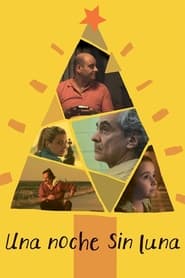 A divorced taxi driver shows up...
A divorced taxi driver shows up...A Moonless Night 2014
A divorced taxi driver shows up with a black eye at the home of his ex-wife’s new family; he’s been invited to dinner and he desperately wants to reconnect with his young daughter. A professional magician’s car breaks down and he ends up spending an emotionally intense night with a young, widowed toll booth worker. A singer songwriter serving a lengthy prison sentence is released for one night to perform at a local community centre. These three deeply engaging stories about yearning for connection unfold in parallel, one New Year’s Eve in a small town in central Uruguay, balancing the universality of human suffering with a powerful sense of hope.



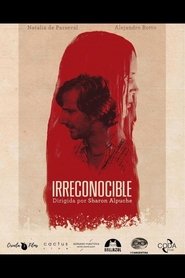 Mexican feature film
Mexican feature film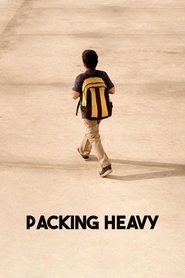 Today is the day of truth...
Today is the day of truth...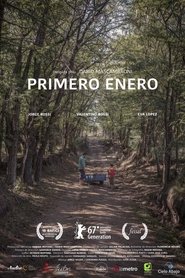 A newly divorced father and his...
A newly divorced father and his...
